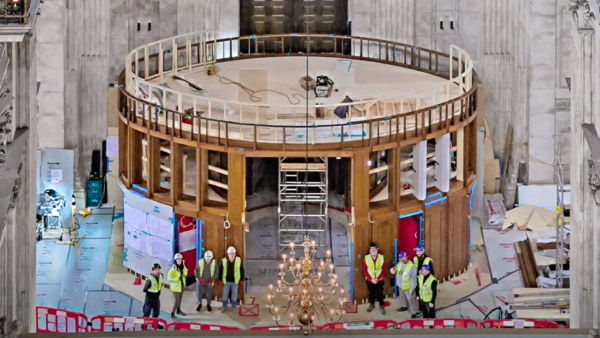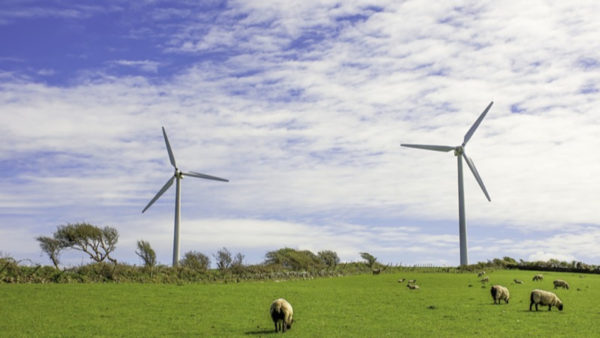
The dangers of legionella infection could rise as water systems in buildings are restarted in the post-covid return to work.
That’s the warning from trade association Scottish & Northern Ireland Plumbing Employers’ Federation (SNIPEF).
During the coronavirus lockdown, water systems in many buildings – which are designed for constant use – experienced low to no flow, loss of disinfectant residual and tepid-to-warm water temperatures, creating the conditions that could allow bacteria like legionella to grow, SNIPEF warned.
Legionella amplification can cause legionellosis, a collection of infections which emerged in the second half of the 20th century.
The infections can range from a mild febrile illness, such as Pontiac fever, to the potentially fatal form of pneumonia called Legionnaire’s disease, named after an outbreak at an American Legion convention in Philadelphia in 1976.
Legionellosis is particularly dangerous to those who are susceptible due to age, illness, immunosuppression or other risk factors, such as smoking.
With the Scottish government announcing the easing of restrictions on bingo halls and casinos as well a swimming pools and gyms at the end of August, SNIPEF warned that comprehensive checks must be in place prior to any re-opening.
Martyn Raine, technical and skills manager at SNIPEF, said: “Water, as a risk, can often be overlooked. People are very conscious of the dangers of elements such as gas and carbon monoxide, but we have to remain aware that water can pose a real risk to health also. Legionella bacteria can be naturally present in many water sources and systems, and remains dormant below 20C.
“During lockdown many water systems may not have been in full operation due to building closure. Water systems are designed to be used and operated and not to sit dormant for long periods, if the water system does not turnover there is a real risk of the water being exposed to conditions that may promote bacterial growth.
“It is extremely important to risk assess water systems as buildings open up for business again, but the fact is that it is important all the time and building owners have a duty of care to the occupants, from the private rented sector of homes to larger commercial type buildings such as an office building.”
Raine said that in addition to risk assessments, temperature checks were also essential, since the bacteria thrives between 20C and 50C, meaning that cold water must be below 20C and hot water should be stored at 60C, which kills off the bacteria.
Other simple control measures may include cleaning and descaling taps and shower heads, draining down and refilling cold water systems or flushing through with very hot water to disinfect. Plumbers can also check “dead legs”, or lengths of pipe where water may lie unused and stagnate.









